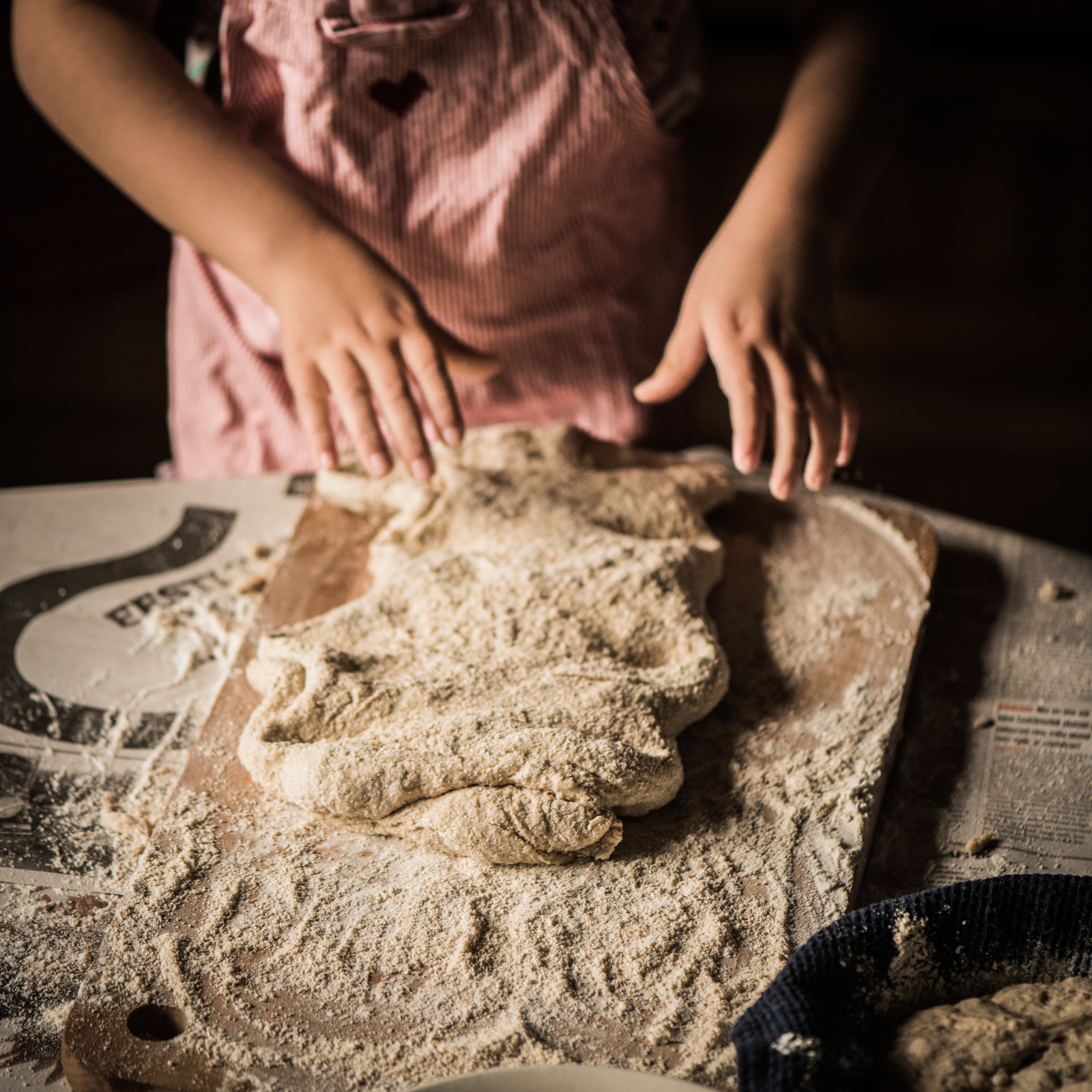The History of Sourdough: From Ancient to Modern Loaves

The History of Sourdough: From Ancient Grains to Modern Loaves
Introduction: A Timeless Tradition
Sourdough is one of the oldest forms of bread-making, dating back thousands of years. Long before commercial yeast became widely available, civilizations relied on wild fermentation to create the tangy, nutritious, and naturally leavened loaves we know and love today. From ancient Egyptian bakers to the modern sourdough revival, this bread has stood the test of time, proving that some traditions are too good to fade.
Let’s take a journey through the fascinating history of sourdough—where it started, how it evolved, and why it remains a staple for home bakers and artisan bread lovers alike.
Ancient Beginnings: The Birth of Sourdough
Sourdough’s origins can be traced back to around 3,000 B.C., when early civilizations in Mesopotamia and Egypt first discovered the process of natural fermentation. Before bakers had access to cultivated yeast, they relied on the wild yeast and bacteria in the environment to leaven their bread.
🔹 The Discovery of Fermentation: Historians believe that sourdough may have been discovered accidentally when flour and water were left out, capturing wild yeast and naturally fermenting over time.
🔹 Egyptian Mastery: Ancient Egyptians are credited with refining sourdough bread-making, using it to bake loaves in clay ovens. Hieroglyphs and archaeological evidence show that sourdough was a common part of Egyptian diets and even used as currency.
🔹 Greek and Roman Influence: The Greeks and Romans continued the tradition, perfecting sourdough techniques and spreading them across Europe. Roman bakers became known for their high-quality, fermented loaves.
Medieval Times to the Industrial Revolution: The Evolution of Sourdough
During the Middle Ages, sourdough remained the primary method of bread-making across Europe. It provided an affordable, nutritious staple for peasants and royalty alike.
However, the Industrial Revolution (18th-19th century) brought significant changes to bread-making:
🔹 The Rise of Commercial Yeast: In the mid-1800s, scientists isolated and commercialized yeast strains, making bread rise faster and more predictable. This led to the decline of traditional sourdough baking.
🔹 The Shift to Processed Bread: By the early 20th century, mass-produced, factory-made bread became the norm, prioritizing convenience over natural fermentation.
The Gold Rush and Sourdough’s American Legacy
While sourdough declined in some regions, it became an essential food source for gold miners and pioneers in the 1800s—especially in California and Alaska.
🔹 Sourdough in the Gold Rush: Miners carried sourdough starters with them on long journeys, using them to make bread in remote locations. The term “sourdough” even became a nickname for seasoned prospectors in Alaska.
🔹 San Francisco’s Famous Sourdough: Thanks to the unique wild yeast strains in the Bay Area, San Francisco developed its distinctively tangy sourdough bread, which remains a beloved specialty today.
The Sourdough Revival: A Return to Tradition
In recent years, sourdough has made a massive comeback. Health-conscious consumers and artisan bakers have embraced the slow fermentation process for its nutritional benefits, rich flavor, and connection to tradition.
🔹 Gut Health & Nutrition: The natural fermentation in sourdough breaks down gluten and phytic acid, making it easier to digest and full of beneficial probiotics.
🔹 Artisan Baking Movement: Home bakers and professional bakers alike are rediscovering traditional bread-making techniques, emphasizing quality ingredients and slow fermentation.
🔹 COVID-19 Sourdough Boom: The 2020 pandemic saw a surge in home sourdough baking, with many people nurturing starters and perfecting their loaves while stuck at home.
Sourdough Today: A Blend of Old and New
Modern sourdough baking is a perfect balance of ancient techniques and new innovations. Whether baked in a wood-fired oven or a home kitchen, sourdough continues to bring people together with its rich history, health benefits, and unmistakable flavor.
If you’ve ever wanted to start baking sourdough, you’re participating in a tradition that has lasted over 5,000 years—a testament to the beauty and resilience of naturally leavened bread.
Conclusion: Keeping the Tradition Alive
Sourdough is more than just bread; it’s a story of resilience, discovery, and tradition passed down through generations. Whether you’re baking at home for the first time or perfecting your technique, you’re keeping this ancient craft alive.
Let’s continue the legacy—one loaf at a time. 🥖✨

Written by Rachael DeBoy
More From This Category

How to Build Wealth with Life Insurance
Discover how life insurance can go beyond basic protection. Learn how whole life policies with living benefits help build cash value, protect your family, and support your wealth-building strategy with guaranteed growth and flexibility.

How to Build Wealth with Life Insurance
Discover how life insurance can go beyond basic protection. Learn how whole life policies with living benefits help build cash value, protect your family, and support your wealth-building strategy with guaranteed growth and flexibility.

How to Build Wealth with Life Insurance
Discover how life insurance can go beyond basic protection. Learn how whole life policies with living benefits help build cash value, protect your family, and support your wealth-building strategy with guaranteed growth and flexibility.

0 Comments
Trackbacks/Pingbacks